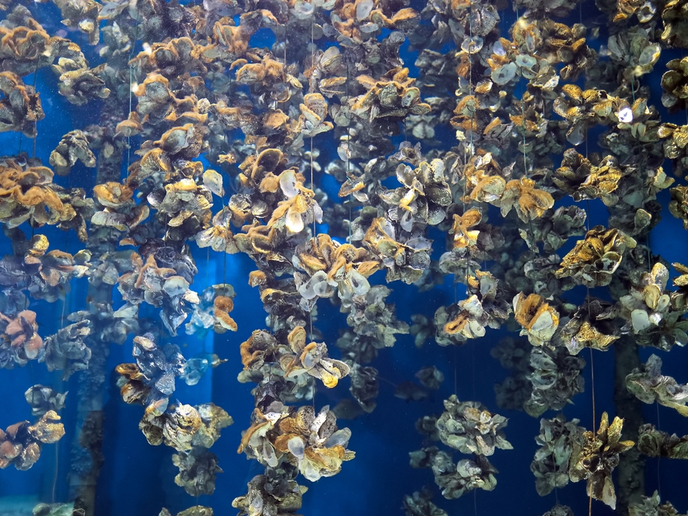Ultrasound for fish processing
Preparation of whole fish for human consumption requires immediate and proper handling as well as preservation to retain fish quality. Usually fish is stored at low temperatures to slow down the growth of microorganisms followed by immediate freezing or processing. However, deterioration of the product before it reaches the consumer is not uncommon and may lead to significant waste of fish resources, necessitating more rapid and efficient processing approaches. At the same time, there is a high demand for cleaner, organic products without the use of additives. A well-established technology in the fish industry Coordinated by Scanfisk, a Spanish company specialised in fish processing of fresh and frozen products, the Horizon 2020 ULTRAFISH project aimed to improve current handling and processing of fish products using a green technology. “We wanted to eliminate the use of chemical additives for microbial inactivation in fish products,″ explains project manager and quality technologist of Scanfisk, Natalia Escursell. The idea was to develop an ultrasound-based method to reduce the fish processing times such as washing, thawing and rehydrating as well as the generation of water waste. Ultrasound technology is based on mechanical waves at a frequency above the threshold of human hearing, and can be categorised into two frequency ranges depending on the energy output. Ultrasound is a well-established preservation technique applied in many food-processing fields, such as in the pre-and post-harvest of fresh vegetables and fruits, cheese processing and frozen foods. In addition, ultrasonication is known to inactivate various pathogens, providing effective pasteurisation and preservation of flavours and colours. However, it has yet to be developed for fish processing applications. ULTRAFISH optimised ultrasound technology for use in fish processing with promising results at the laboratory and pilot plant level. The prototype has produced neutral products of high quality in accordance with the market’s demands. Currently it is being validated for industrial scale and optimised for decreased production times. The impact of ultrasound on fish processing Implementation of the ULTRAFISH approach is expected to increase the commercial shelf-life of fish products for up to five extra days while saving time, money and energy. According to Escursell, “the technology will contribute to a sustainable production while significantly reducing up to 20 % the food waste generated in the supply chain.″ Ultrasound is rapidly expanding throughout Europe and North America, as it is a technique for safeguarding the safety of food products while maintaining product quality. From an economic perspective, the ULTRAFISH technology is expected to be highly beneficial for fish-processing companies, increasing their production capacity by 35 % with up to 50 % savings and a 2 % increase in their margin. This translates into a higher market share of the fish-processing industry and distribution of higher value-added products in the market. Considering the limited supply of natural fish stocks, the industry must implement technologies for efficient utilisation of available raw materials. Overall, ULTRAFISH has responded to the challenge of extending the life of the product in a completely natural way. As Escursell emphasises, “this has been made possible only with the help of the European Commission, providing us with the opportunity to work with one of the best research centres in Europe in food research, the Faculty of Veterinary Medicine of the University of Zaragoza.″







